New Powders and Bullets for the Most Popular 6mm.

When Winchester introduced the .243 Winchester in 1955, it quickly became a best-selling sporting cartridge. In the past 62 years, it has been chambered in a huge variety of rifles and actions from dozens of manufacturers and is consistently one of the most reloaded rifle cartridges. It is versatile, serving as a top-notch, flat-shooting varmint cartridge or as a big-game number capable of cleanly taking deer, antelope and similar game, all while offering modest recoil and excellent accuracy.
The history of the .243 Winchester probably begins with the 6mm Lee Navy cartridge (aka .236 Navy, “Ball Cartridge, 6mm,” 6mm U.S.N.) as introduced by Winchester during 1894, and in 1895 in the Lee (straight pull) rifle that utilized .244-inch bullets. In spite of being tested extensively and even adopted by the U.S. Navy and Marines from 1895 through 1899 (with some sources indicating 1902), it was a cartridge that was ahead of its time, which largely doomed it. For example, barrel steels were not erosion resistant enough to offer a long life, and period smokeless powders could not take advantage of the high-velocity potential the small caliber offered, which resulted in excess barrel fouling that was reported to cause erratic pressures. Nonetheless, there was considerable experimental work by Winchester and the government as to barrel twist rates, velocities, bullet weights, profiles, etc. This all set the stage for the .243 Winchester. (With small modifications, the 6mm Lee Navy was the parent case for the .220 Swift that Winchester introduced in 1935.)
This story is from the April - May 2017 edition of Handloader.
Start your 7-day Magzter GOLD free trial to access thousands of curated premium stories, and 9,000+ magazines and newspapers.
Already a subscriber ? Sign In
This story is from the April - May 2017 edition of Handloader.
Start your 7-day Magzter GOLD free trial to access thousands of curated premium stories, and 9,000+ magazines and newspapers.
Already a subscriber? Sign In

OEHLER's New System 89 Chronograph
Measuring Bullet Performance Downrange
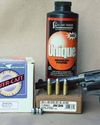
The Problem with Low Pressure Loads
Bullets & Brass
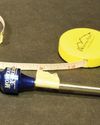
Measurements for Rifle Handloading
Handy Techniques for Accurate Ammunition
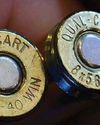
THE BRASS RING
In Range
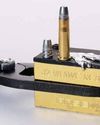
Semi-custom Bullet Moulds
Mike's Shoot in' Shack
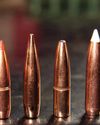
REVISITING THE 6.5 -06 A-SQUARE
Loading New Bullets and Powders
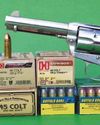
Cimarron Stainless Frontier .45 Colt
From the Hip
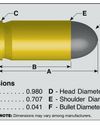
9x18mm Makarov
Cartridge Board
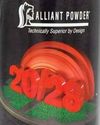
Alliant 20/28
Propellant Profiles
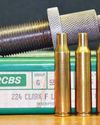
.224 Clark
Wildcat Cartridges